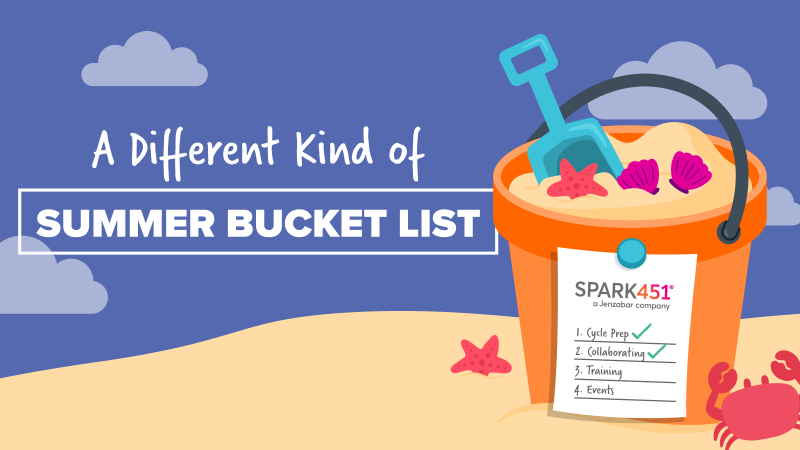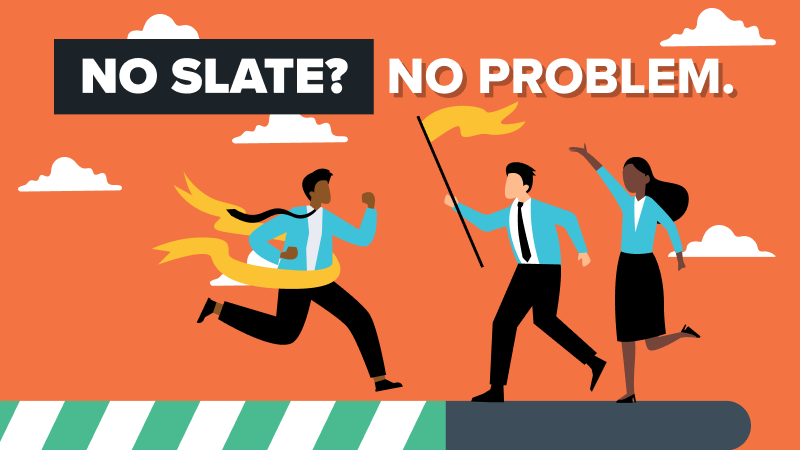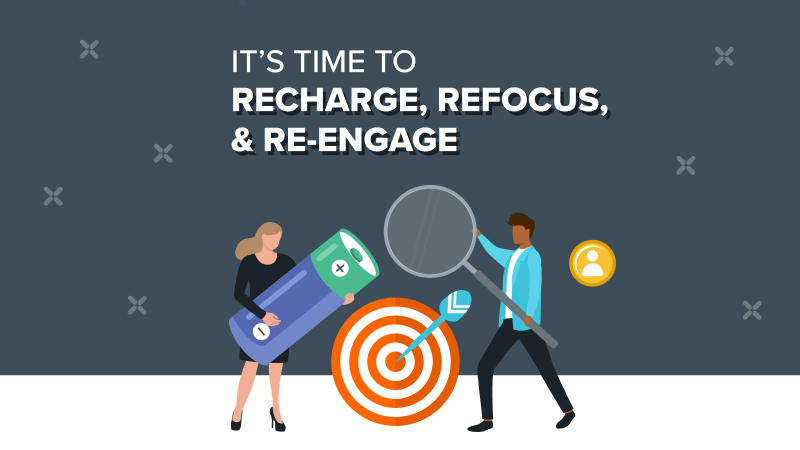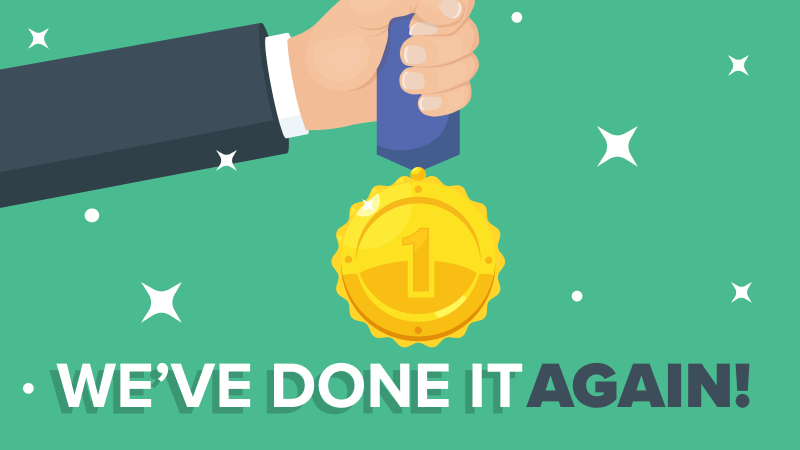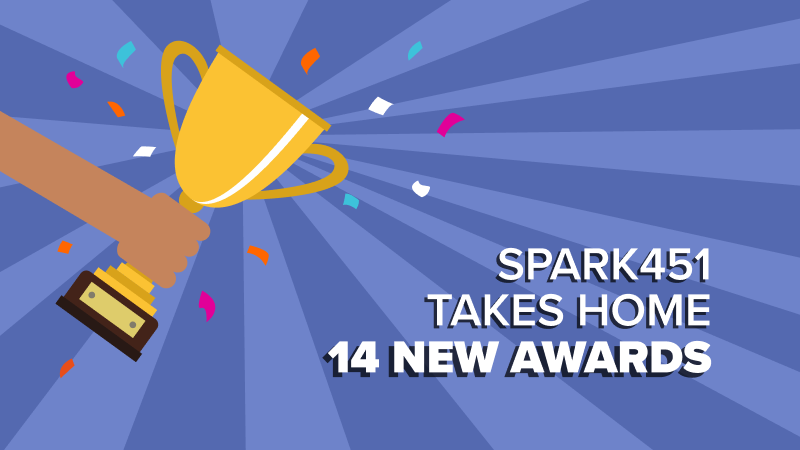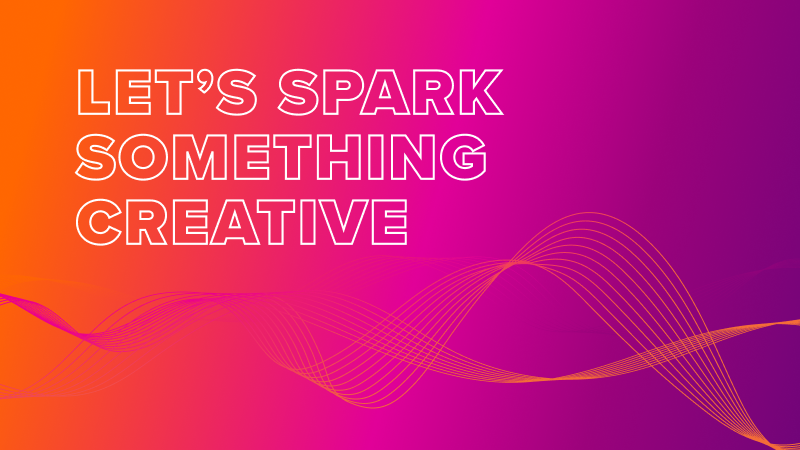A Different Kind of Summer Bucket List
Summer is here, and with it — summer bucket lists! You know what we’re talking about… all the wonderful things we want to do while the weather is warm and the days long. At the top of that list always seems to be “go on vacation!” but, since we can’t take the whole summer off (disappointing, we know), we’re here to provide a different type of summer bucket list: the get-your-CRM-ready-for-the-cycle-ahead list!
So put on your favorite music, pour a cold drink (iced coffee, anyone?), and get ready to dive in.
Bucket List Item #1: Cycle Prep
You’ve likely already gotten started on this one, but just in case you haven’t, we’re here to remind you: The time to start cycle prep is now! This critical process is key to a successful and smooth transition to the new recruitment cycle, so don’t put it off any longer. Not sure where to start? Check out our previous blog posts for comprehensive lists of action items:
Spark451’s Guide to Slate Cycle Prep
Essential Cycle Prep for All CRMs
Pro Tip: Cycle prep is an excellent time to start implementing past project ideas that never came to fruition as well as building upon those that were possibly started but never finished.
Bucket List Item #2: Collaborating
You know that post-conference feeling? The excitement of returning to the office knowing that any project, big or small, can and will be tackled? For most of us, that feeling is a bit too temporary… reality sets in and questions start arising: How exactly am I going to build out those dream features? Do I have the time for this? Where do I even start? 🤔
The answer? Teamwork! There’s no need to go at these projects alone, so this summer, see if you can gather at least three people to help you. The expertise, input, and hidden talents you’ll uncover will undoubtedly bring your projects to new heights.
Pro Tip: Turn the business cards you’ve collected into actionable next steps by connecting online with the people you’ve met. Whether it’s building connections, sharing ideas, or partnering with Spark451, don’t let new faces fade away!
Bucket List Item #3: Training
Between the turnover of your student workers and new staff hires, training should never be put on the back burner. Investing in your team’s technical abilities has long-term benefits and learning new skills helps them and you.
If you’re wondering where to find your next Slate, Element451, or Salesforce subject matter expert, look no further than IT staff and eager student workers. Sometimes the next great thought leader in your office is already there!
Bucket List Item #4: Events
Summer is prime event time, with new student orientation, arrival day, and increased campus visits taking center stage. Stay organized and on top of all those moving parts by using your CRM (so long, Excel spreadsheets! 👋) to track attendee details and staff availability, and to create timely communications that keep every audience engaged and informed.
Pro Tip: Hoping to get a bigger budget for future events? Nothing says “this is worth it!” more than a report showing how these events impact yield. Be sure to take full advantage of your CRM’s reporting capabilities and track, track, track!
Final Thoughts
With your focus now shifting to next year’s class, don’t forget about your incoming students and families. They have questions that need answers, and giving them some extra support in the coming weeks will pay off in the long term.
Need help building an anti-melt campaign? We have some tricks up our sleeves we’d be happy to share with you! Reach out anytime to discuss your needs and explore how our flexible SparkAssist service can help you get the most out of your CRM!
The Problem With Duplicate Records
Ah, duplicate records… We all have them. We all know they need to be merged and removed. But did you know that by not following through on cleanup, you not only risk alienating students but are also creating a roadblock to accurately measuring the success of your outreach efforts?
It’s true. Unmanaged duplicates can cause widespread issues, such as:
- Inaccurate ROI reports and analysis
- Impossible source attribution
- Poor user experience
- Decreased brand reputation
While the cause for these multiple records can be simple (a missing birthdate, multiple email addresses, parents filling out forms on behalf of their students — wait, that never happens, right? 😉 — misspelled names, etc.), finding and merging them can be anything but.
In fact, it can be tedious and time-consuming work that eats up your already limited resources. But, that being said, it’s critical work that must be completed while also focusing on how to prevent dupes from happening in the first place. Let’s dig in.
How Duplicates Are Created
Let’s take a look at just how easy it is for duplicates to be created.
Fred’s Journey With Spark University in Slate

October
Action: Fred appears in a purchased search list
Name: Fred McTesterson
Email: [email protected]
DOB: 1/1/2000
Result: Prospect Record Created
Source: Purchased List

November
Action: Fred meets a counselor on the road
Name: Fred McTesterson
Email: [email protected]
DOB: n/a
Result: NEW Prospect Record Created
Source: College Fair

Action: Fred registers for an event
Name: Fred McTesterson
Email: [email protected]
DOB: 1/1/2000
Result: NEW Prospect Record Created
Source: Visit

December
Action: Fred submits an application
Name: Frederick McTesterson
Email: [email protected]
DOB: 1/1/2000
Result: NEW Applicant Record Created
Now, if you’re using Slate, these four records will live separately until merged through the “consolidate records” tool. This means:
- Your ROI analysis for the purchased search list would not count Fred as an applicant
- Your visit stats would not show Fred engaging further down the funnel (post-visit)
- Your travel reports would not show Fred as an applicant
- Your applicant analysis would show Fred as a stealth app
This may seem like an extreme case, but even if you cut it down to two duplicates, Fred would be receiving two overlapping communication flows, possibly to the same email address. Not something we want to have happening.
What You Can Do About It
During recent conversations, we’ve noticed that people tend to think their CRM creates more duplicates than other or previous CRMs. But our team doesn’t think that’s true. The more advanced CRMs become, the more engagement channels students have with our institutions. Surveys, forms, landing pages, imported data — dozens of opportunities to connect means just as many opportunities to create bad data. So what can you do?
Actionable Next Steps
- Tackle the Hard Work
Maintain and constantly evaluate your database for duplicates - Collect Key Information Up Front
The four core fields include First Name, Last Name, Email, and DOB - Prepopulate Forms Whenever Possible
This goes for inquiry forms, event forms, and even your applications - Set Up More Robust Checks
What queries do you have that search your database for bad or missing data? - Gather Input
Who on campus has reported that their data seems a bit off? Dive into the root cause of these mismatches.
👉 Slate Users: Check your forms. Understand the key matching criteria (the four core fields listed above). Be sure you understand this process so you won’t need to clean up records later.
👉 Element451 Users: Automated data collection processes, like form submissions or API integrations, can create duplicates if not properly managed.
Call in Support
If you want to go a step further, reach out to the Spark451 team. We have a few tricks up our sleeves that we’d be thrilled to share with you:
Deduplication Outside of Slate & Element451
Our experienced team of data professionals can screen your lead generation sources prior to import, removing any duplicates and helping ensure you’re importing clean data — the foundation of accurate and effective analysis!
Data Append Services
With our data append services, we can fill in the blanks when a student’s lead generation source includes incomplete information, leading to fewer missing email addresses and birthdates.
We’re Here to Help
At Spark451, we understand that admissions teams are spread thinner than ever, and that you may need a helping hand in order to implement new tactics or approaches. That’s where our flexible SparkAssist service comes in. Whether you want to learn with us to become an expert on all things Slate, Salesforce, or Element451, or hand us a project for onetime completion, no project is too big or too small. If you’re interested in learning more, reach out today!
No Slate? No Problem. Essential Cycle Prep for All CRMs
Did you skip our previous cycle prep post because, well, you don’t use Slate? We figured as much (seriously, who has time to read things that aren’t applicable?), which is why we’re back with an updated, CRM agnostic guide to cycle prep! Why? Because it doesn’t matter which CRM your office uses — they all need to be reviewed and cleaned up on an annual basis to help ensure a smooth transition to the next recruitment cycle.
Ready to dive in? Let’s do it 💪

Understanding the Cycle Prep Process
Cycle prep isn’t just an update; it’s a strategic opportunity to enhance your system ahead of the next admissions cycle. This period of summer calm is a chance to audit your processes, implement improvements, and chart a course for the next round of applicants, parents, influencers, and more.
Collaborative Effort for Comprehensive Improvement
True cycle prep excellence comes from collaboration. Encourage contributions from every corner of your team to surface new ideas and identify pain points in your current setup. Teams can include:
- Planners and Strategists
Include your Element451 Pros, Salesforce Admins, and members of your Operations and Marketing teams. This group will make intentional and strategic decisions, and drive the outcome of your cycle prep. - Stress Testers
Leverage your student workers, counselors, tour guides, admissions representatives, and coaches. They use your CRM regularly and will have great ideas on how to improve things. (Seek some Gen Z input here!) - External Insights
Don’t forget that students and parents are stakeholders, too. Their impressions are key to your success. What changes can you make that will drive value for them?
Timeline: Proactive Planning for Pivotal Changes
Cycle prep typically runs from summer to early fall, but tailor it to suit your institution’s unique rhythm. When planning your cycle prep schedule, weigh what changes are necessary for the upcoming admissions cycle against all wish-list items you have in mind. This will allow your team to focus on necessary updates and projects first, then aim for nonessential improvements as time permits.
Be sure to start small, as small steps will lead to big wins. Here’s a timeline we find helpful:

Strategize and Prioritize
Make a wish list of all the components you want to see enhanced or built across your CRM. From there, estimate the difficulty and duration of each project, then prioritize what should be completed first.

Build and Update
Get started on updating existing components and, if your timeline permits, build out new functionality that will strategically improve your team’s processes.

Test and Refine
Before you go live, rigorously test all updates and new builds with your whole team. If you have a test environment, make sure to take advantage of it to check every nook and cranny.

Go Live
Solidify updates, enable new functionalities, and celebrate your team’s successes.
Key Areas for Cycle Upkeep and Innovation
Start with necessary updates that are crucial to your upcoming cycle. There’s a whole lot to consider, so our team has created a checklist to help you strategize:
Annual CRM Upkeep
Perform these tasks to get ready for the upcoming cycle.
| Item | Difficulty | ✅ |
|---|---|---|
| Update Counselor Assignment Automations | 🔥🔥🔥 | |
| Audit Material & Checklist Items | 🔥🔥🔥🔥 | |
| Update Decision Letters | 🔥🔥 | |
| Review Document Import Processes | 🔥🔥🔥 | |
| Review & Minimize Duplicate Records | 🔥🔥🔥🔥 |
Application Prep
Maintain a top-notch application.
| Item | Difficulty | ✅ |
|---|---|---|
| Update Term Start Dates & Structure | 🔥 | |
| Update Application Forms | 🔥🔥🔥🔥 | |
| Streamline Application Questions | 🔥🔥 | |
| Application Portal/Microsite Updates & Additions | 🔥🔥🔥🔥 | |
| Application Testing | 🔥🔥🔥 | |
| Review Application Review Processes | 🔥🔥 | |
| Move Defers Forward | 🔥 | |
| Withdraw Old Applications | 🔥 | |
| Updates to Third-Party Applications | 🔥🔥🔥🔥 |
Data Hygiene
Crucial items for maintaining queries, reports, and overall database health.
| Item | Difficulty | ✅ |
|---|---|---|
| Updated Queries/Segments/Reports | 🔥🔥🔥 | |
| Turn Over Scheduled Exports & Reports | 🔥🔥 | |
| Review & Test Integrations | 🔥🔥🔥🔥 | |
| Automate Existing Imports | 🔥🔥🔥 | |
| Update Mappings on Imports | 🔥🔥 | |
| Audit Custom Fields | 🔥🔥🔥 | |
| Troubleshoot Automation Errors | 🔥🔥🔥 | |
| Modernize Existing Exports | 🔥🔥🔥🔥 |
In-Depth Review
Identify next steps and mark them complete.
| Item | Difficulty | ✅ |
|---|---|---|
| Update High School Contacts | 🔥 | |
| Audit Automation Performance | 🔥🔥🔥 | |
| Audit Telecommunication Settings | 🔥🔥 | |
| Web Analytics Review | 🔥🔥🔥 | |
| Review Lead Generation Sources | 🔥🔥 | |
| Create New Event Forms and Pages | 🔥🔥🔥 | |
| Update Current Event Forms | 🔥🔥 |
Mailing Campaigns
Enhance your communications.
| Item | Difficulty | ✅ |
|---|---|---|
| Review Scheduled Campaigns | 🔥🔥🔥 | |
| Update Email Template Updates | 🔥🔥 | |
| Update Recipient Lists | 🔥🔥🔥 | |
| Personalize Campaign Language | 🔥 |
User Permissions
Confirm all Slate users are seeing what they need to see.
| Item | Difficulty | ✅ |
|---|---|---|
| User Security Audit and Cleanup | 🔥 | |
| Create New User Accounts | 🔥🔥 |
Proactive Measures
These additional steps will help you make big gains.
| Item | Difficulty | ✅ |
|---|---|---|
| Enable New Features | 🔥🔥 | |
| Enhance Application Review Procedures | 🔥🔥🔥 | |
| Hire Spark451 to Help | 🙌 |
Reach for the Stars with Spark451
We want to see you succeed! When you’re ready to take your CRM to the next level, reach out to the enrollment marketing and CRM pros at Spark451. Together we’ll make sure you’re getting the most out of your most powerful tool!
Interested in learning more about the different ways Spark451 can support your CRM efforts? Check out our SparkAssist service, which offers customizable packages to fit your needs!
Spark451’s Guide to Slate Cycle Prep
When campus quiets down and the pace of admissions slows (haha, yeah right), it’s time for CRM admins to leverage the slower pace to begin laying the groundwork for the next wave of recruitment — this is when the real magic of Slate cycle prep happens.
To help you on your way, we’ve put together a step-by-step guide to setting your team up for success in the coming year.

Understanding the Slate Cycle Prep Process
Cycle prep isn’t just an update; it’s a strategic opportunity to enhance your Slate system ahead of the next admissions cycle. This period of summer stillness is a chance to audit your processes, implement improvements, and chart a course for the next round of applicants, parents, influencers, and more.
Collaborative Effort for Comprehensive Improvement
True cycle prep excellence comes from collaboration. Encourage contributions from every corner of your team to surface new ideas and identify pain points in your current setup. Teams can include:
- Strategists and Visionaries
Include your Slate Captain and members of your Operations and Marketing teams. This group will make intentional and strategic decisions, and drive the outcome of your cycle prep. - Stress Testers
Leverage your student workers, counselors, tour guides, admissions representatives, and coaches. They use Slate regularly and will have great ideas on how to improve your Slate configuration. (Seek some Gen Z input here!) - External Insights
Think of students and parents as stakeholders, too. Their impressions of your Slate environment are key to your success. What changes can you make that will drive value for them?
Timeline: Proactive Planning for Pivotal Changes
Cycle prep typically runs summer to early fall, but tailor it to suit your institution’s unique rhythm. When planning your cycle prep schedule, weigh what changes are necessary for the upcoming admissions cycle against all wish-list items you have in mind for your Slate instance. This will allow your team to focus on necessary updates and projects first, then aim for nonessential improvements as time permits.
Be sure to start small, as small steps will lead to big wins. Here’s a timeline we find helpful:

Strategize and Prioritize
Make a wish list of all the components you want to see enhanced or built in your Slate environment. From there, estimate the difficulty and duration of each project. Then, prioritize what should be completed first.

Build and Update
Get started on updating existing components in your Slate environment. If your timeline permits, build out new functionality that will strategically improve your team’s processes.

Test and Refine
Before you go live, rigorously test all updates and new builds in your Slate environment. Use your testing environment and user impersonation to check every nook and cranny.

Go Live and Post-Project Review
Migrate your processes and celebrate your team’s successes. Before making the switch, be sure that all Slate users at your institution are aware of what’s happening ahead of the go-live date. Lastly, create a post-project review (PPR). Using that PPR, a road map for next year’s Cycle Prep is already underway.
Key Areas for Cycle Upkeep and Innovation
Start with necessary updates that are crucial to your upcoming cycle. There’s a whole lot to consider, so our team has created a checklist to help you strategize:
Annual Slate Upkeep
Perform these tasks to get ready for the upcoming cycle.
| Item | Difficulty | ✅ |
|---|---|---|
| Staff Assignment Rules Updates | 🔥🔥🔥 | |
| Material & Checklist Items Audit | 🔥🔥🔥🔥 | |
| Update Decision Letters & Codes | 🔥🔥 | |
|
Strategize Your Populations How are you leveraging populations? |
🔥🔥🔥 | |
| Batch Acquire Review | 🔥🔥 | |
|
Consolidate Records Review Are the counts in these tools manageable? |
🔥🔥🔥 |
Application Prep
Maintain a top-notch application.
| Item | Difficulty | ✅ |
|---|---|---|
| Periods & Rounds Updates Have you created them for the upcoming cycle? |
🔥 | |
| Application Forms Updates | 🔥🔥🔥🔥 | |
| Streamline Application Questions Only ask questions that you need answers to! |
🔥🔥 | |
| Status Page Updates & Additions Dynamic content and multi-tabs are 👌 |
🔥🔥🔥🔥 | |
| Application Logic Updates & Testing | 🔥🔥🔥 | |
| Clear Bins | 🔥🔥 | |
| Move Defers Forward | 🔥 | |
| Withdraw Old Applications | 🔥 | |
| Updates to Third-Party Applications Common App, Coalition, CAS, etc. |
🔥🔥🔥🔥 | |
| Reader Workflow Review Do you like how your reader workflow is set up? |
🔥🔥 | |
| Cycle Prep Status Page Review | 🔥 |
Deliver
Enhance your communications.
| Item | Difficulty | ✅ |
|---|---|---|
| Review Scheduled Campaigns | 🔥🔥🔥 | |
| Email Template Updates Test for mobile responsiveness. |
🔥🔥 | |
| Recipient List Queries Updates Are the right filters established? |
🔥🔥 | |
| Liquid Markup & Custom Personalization | 🔥🔥🔥 |
Data Hygiene
Crucial items for maintaining Queries, Reports, and overall database health.
| Item | Difficulty | ✅ |
|---|---|---|
| Updated Configurable Joins Libraries | 🔥🔥 | |
| Turn Over Scheduled Queries & Reports What’s necessary for this cycle? |
🔥🔥🔥🔥 | |
| Review Integrations | 🔥🔥🔥🔥 | |
| Create Source Formats Are there any new integrations you’d like to build? |
🔥🔥🔥 | |
| Update Source Formats Refresh prompt values! |
🔥🔥 | |
| Job Activity Monitor Audit | 🔥🔥 | |
| Migration to Configurable Joins How is your transition going? |
🔥🔥🔥🔥 |
User Permissions
Confirm all Slate users are seeing what they need to see.
| Item | Difficulty | ✅ |
|---|---|---|
| User Permissions Cleanup & Audit Remove inactive accounts & confirm permission levels. |
🔥 | |
| Staff Assignment Rules Updates | 🔥🔥🔥 | |
| Impersonate New User Accounts Confirm permissions function as intended. |
🔥🔥 |
In-Depth Review
Identify next steps and mark them complete.
| Item | Difficulty | ✅ |
|---|---|---|
| Organizations Dataset Updates | 🔥🔥 | |
| Rules Health Audit Any erroneous rules? |
🔥🔥🔥 | |
| Compliance Dashboard Audit | 🔥 | |
| Ping Implementation Review | 🔥 | |
| Origin Sources Review Remember these? |
🔥🔥🔥🔥 | |
| Create New Event Templates | 🔥🔥 | |
| Update Current Event Templates | 🔥🔥 |
Proactive Measures
These additional steps will help you make big gains.
| Item | Difficulty | ✅ |
|---|---|---|
| Activate Early Access Features | 🔥🔥 | |
| Migrate to Workflows | 🔥🔥🔥🔥 | |
| Update/Configure Slate.org Profile | 🔥 | |
| Buy Deliver Credits | 🔥 | |
| Hire Spark451 to Help | 🙌 |
Reach for the Stars with Spark451
We want to see you succeed! When you’re ready to take your Slate instance to the next level, reach out to the enrollment marketing and CRM pros at Spark451. Together we’ll make sure you’re getting the most out of this powerful CRM!
Interested in learning more about the different ways Spark451 can support your efforts in Slate? Check out our SparkAssist service, which offers customizable packages to fit your needs!
Recharge, Refocus, & Re-Engage
Congratulations on making it through another successful recruitment cycle! Now that May 1 has passed, it’s time to take a deep breath, lean back, and reflect, as you start turning your attention to the class of 2026.
Step 1: Take Stock
What energized you and your team this season? What drained your batteries the most? Taking time to reflect on how things went will allow you to be intentional about your plans for the fall and give your team an opportunity to share their experiences and feelings — a great way to strengthen team connections.
Step 2: Recharge
There’s nothing quite like diving into a new topic, or expanding your understanding of something, to feel re-energized. May is an excellent time for training, especially if you’re planning to attend Slate Summit or Engage Summit this summer. Even if you aren’t able to make it, training staff on these CRM features will enhance efficiency and automation:
- Configurable Joins – Building recipient list queries
- Segments – Exporting valuable information and creating automations
- Portals & Microsites – Expanding engagement strategies
Slate Pro Tip: If you haven’t transitioned your funnel reports to configurable joins, this summer is the time to do it. It may seem daunting, but knowledge base resources are available, and you can always schedule a training session with the Spark451 team.
Step 3: Start Planning
This May, be sure to set aside time to begin planning for fall. We know things are still busy, but trust us when we say a bit of planning and strategizing now will help lay the foundation for a smooth transition to your next recruitment cycle.
Common App Updates
If you haven’t yet reviewed April’s Common App release notes, now is the time to do so! Be sure to look them over and attend the webinars they offer, so you have enough time to complete your app changes and testing before August. Head to your member solution center to see a summary of what’s been released so far.
Speaking of application updates… Slate users: check your inbox for a message about your XSLT files being deprecated. If you’re using custom pages with XSLT customization, that functionality has been removed. If you need help with updating your application pages, feel free to reach out and we’ll get you ready for the fall.
Transfer Students
This is the time of year most students consider transferring, so make sure their application process is as easy as possible! Here are some ideas to think about:
- If students who have earned a certain number of credits don’t need to submit their high school transcript, set up a rule in your application to remove it as a required item when students meet the criteria.
- Instead of asking for parent information on the application, give transfer students options other than mother and father (think spouse or partner).
- If your student portal/microsite is geared toward traditional first-year students, consider creating a transfer-specific one that places relevant forms (like housing waivers or credit evaluations) and information (like housing/dining options and campus involvement opportunities) at the forefront.
Also, don’t forget about the power of personalization! Everything you’ve created for first-year students will likely work for transfers with just a few changes. Be sure to highlight topics these students care about most, including course information, how they’ll fit in, and career outcomes.
Engage With Incoming Students
May 1 may be behind us, but we all know the work isn’t done! Keeping new students engaged over the summer is critical to keeping melt at a minimum. If you haven’t already, make sure to set up communications to remind them about important dates and to-dos like advising, registration, housing, and orientation. Consistent communication will help them feel connected and prepared for campus life.
Slate Pro Tip: Did you know that your CRM can conduct surveys? Use May to check in with admitted students who haven’t deposited yet. A simple conditional logic format lets undecided students provide insights on what they need to make their final choice.
We’re Here to Help
May isn’t just about blooming flowers — it’s about growing opportunities and strategic momentum. Small steps now can make a huge impact on your admissions success moving forward!
Need a hand? Our flexible SparkAssist service is designed to help with anything you may need, whether you want to learn with us to become an expert on all things Slate, Salesforce, or Element451, or hand us a project for onetime completion. No project is too big or too small. If you’re interested in learning more, please reach out to us!
Collegiate Advertising Awards Shines the Spotlight on Spark451
WESTBURY, NEW YORK — Higher education marketing firm Spark451, a Jenzabar company, is proud to share that four of their recent marketing projects have received recognition from the Collegiate Advertising Awards, an elite national program honoring the most talented higher education marketing professionals.
“This recognition is further testament to our commitment to innovation and pushing the creative envelope to not just produce beautiful pieces, but to also drive results,” says Irene Scala, Executive Creative Director at Spark451. “We are honored to receive these awards and proud to share them with our partners, without whom none of this would be possible.”

Loyola University New Orleans
Entry Win: Gold
Entry Title: Loyola University New Orleans Graduate Brochure
Group: School 2,001–5,000 students
Category: Brochure


New York University Tandon School of Engineering
Award: Gold
Entry Name: NYU Engineering Student Giveaways
Group: Graduate School (MBA, Law, Med, etc.)
Category: Advertising Specialty (laptop stickers)
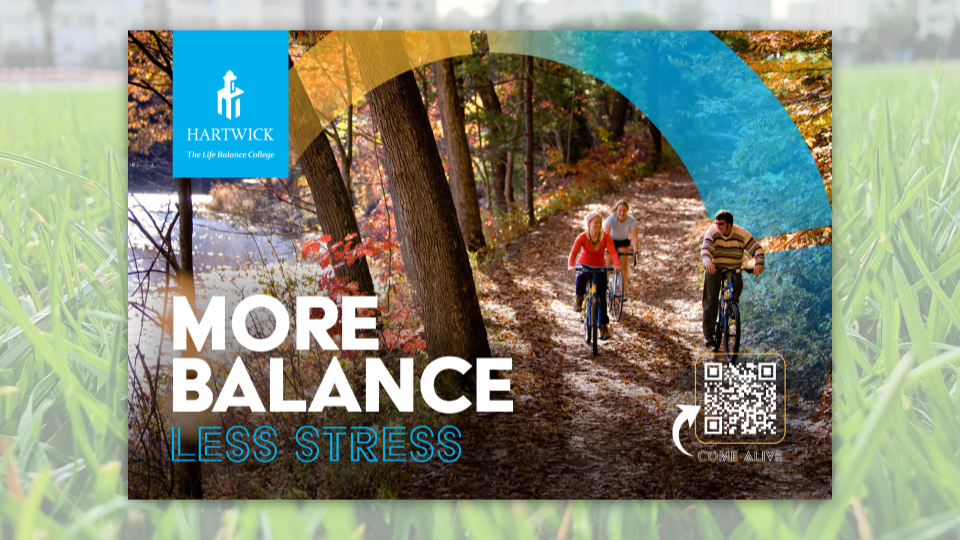
Hartwick College
Award: Silver
Entry Name: Hartwick College Brand Repositioning
Group: School 1,001–2,000 students
Category: Total Advertising Campaigns
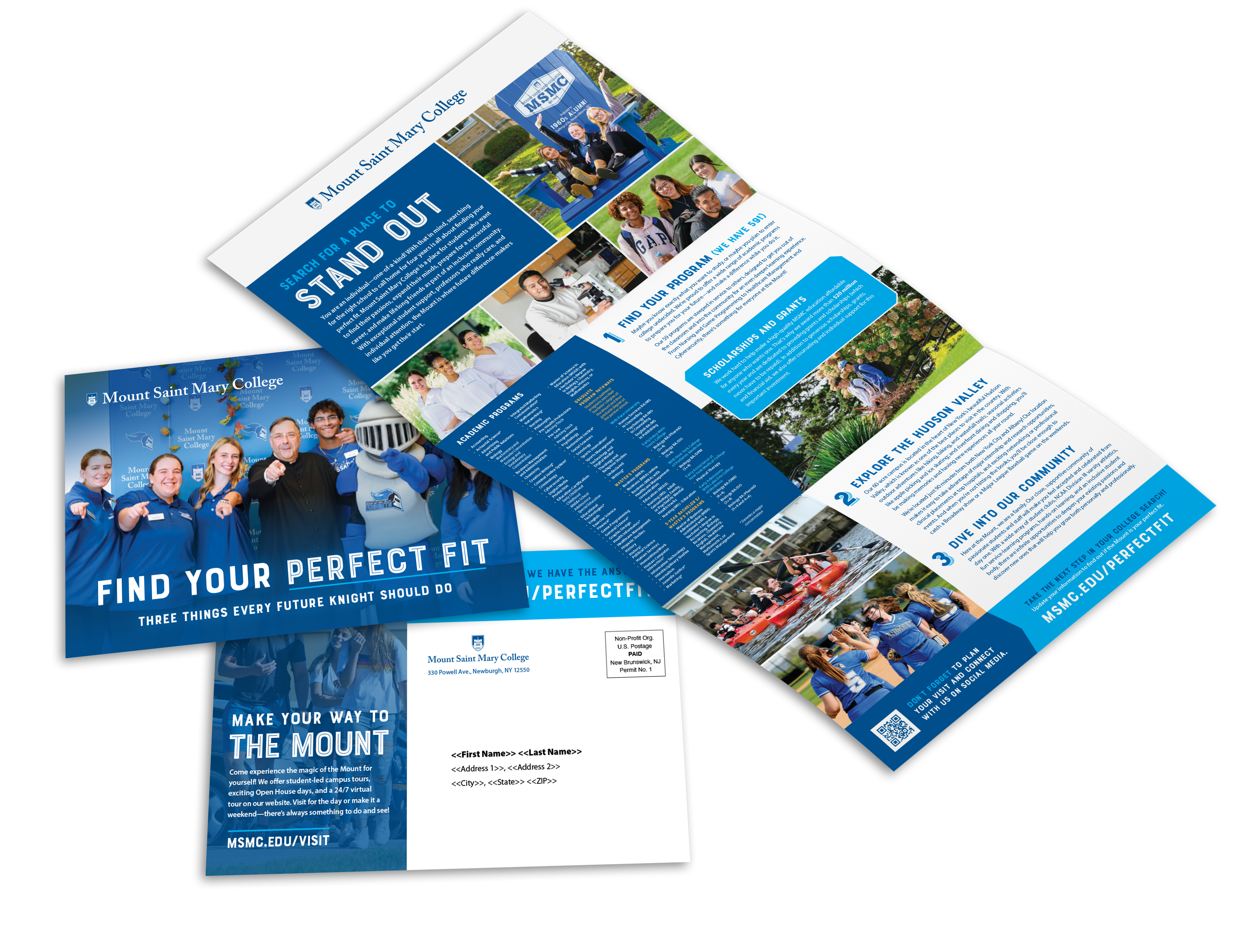
Mount Saint Mary College
Award: Silver
Entry Name: Mount Saint Mary College – Sophomore-Junior Mailer
Group: School 1,001–2,000 students
Category: Brochure
If you’d like to learn how Spark451’s award-winning team can help your institution gain a competitive edge, reach out today.
Spark451 Shines at 40th Annual Educational Advertising Awards
WESTBURY, NEW YORK — Spark451, a Jenzabar company specializing in higher education marketing, is proud to announce that 14 of their recent marketing projects have been recognized at the 40th Annual Educational Advertising Awards.
Created in association with their college and university partners, these projects represent Spark451’s ongoing pursuit of excellence through collaboration and innovation.
“Receiving these awards is such an honor, and we know that it would never be possible without our amazing partners,” says Irene Scala, Executive Creative Director at Spark451. “Thanks to their trust and collaboration, we’ve been able to push the limits creatively while never losing sight of results. We look forward to continued collaboration and are excited to see what our creative teams come up with next.”
This year’s award-winning work includes:
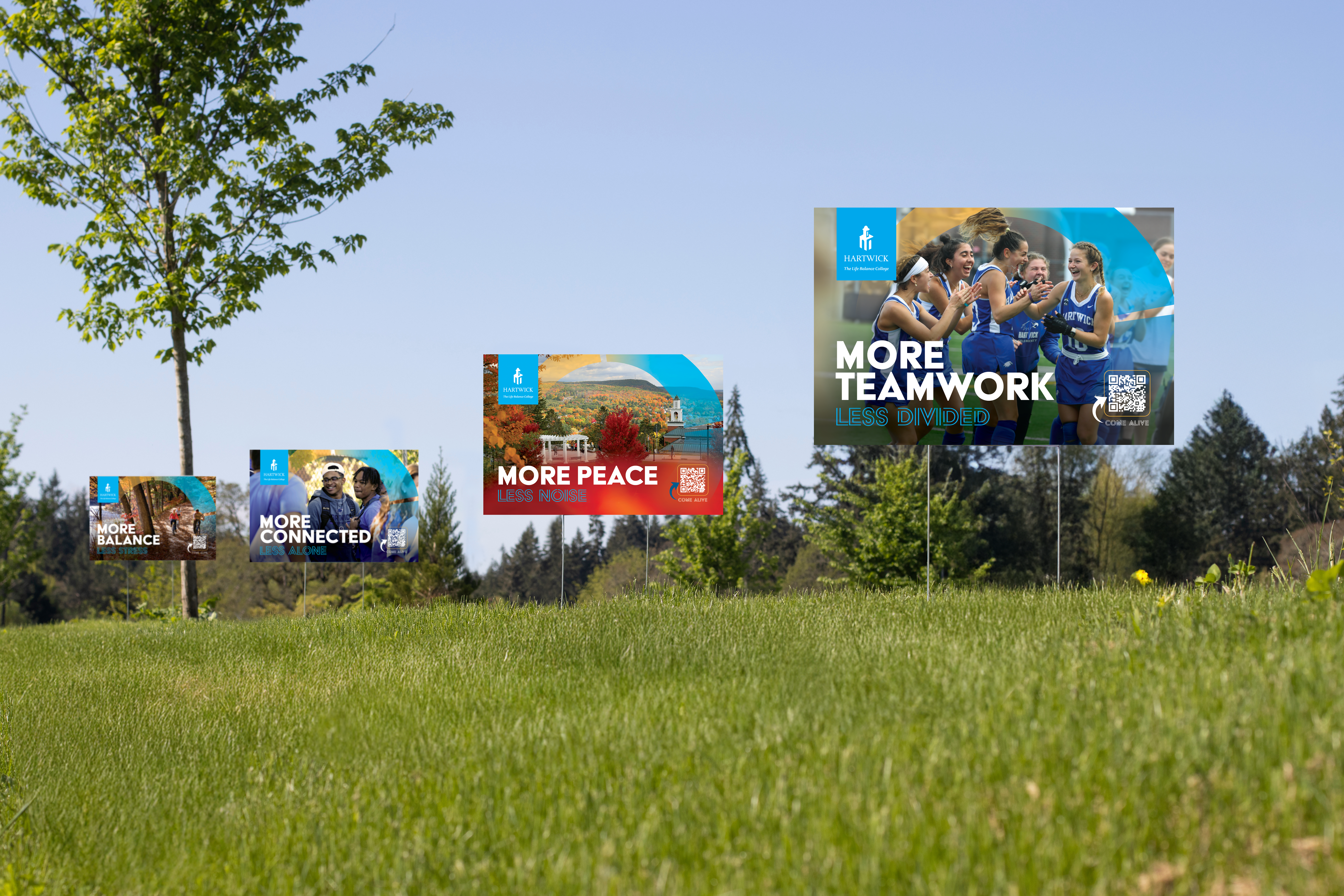

Hartwick College
Entry Win: Gold
Entry Title: Hartwick College New Market Position Campus Roll Out
Category: Outdoor
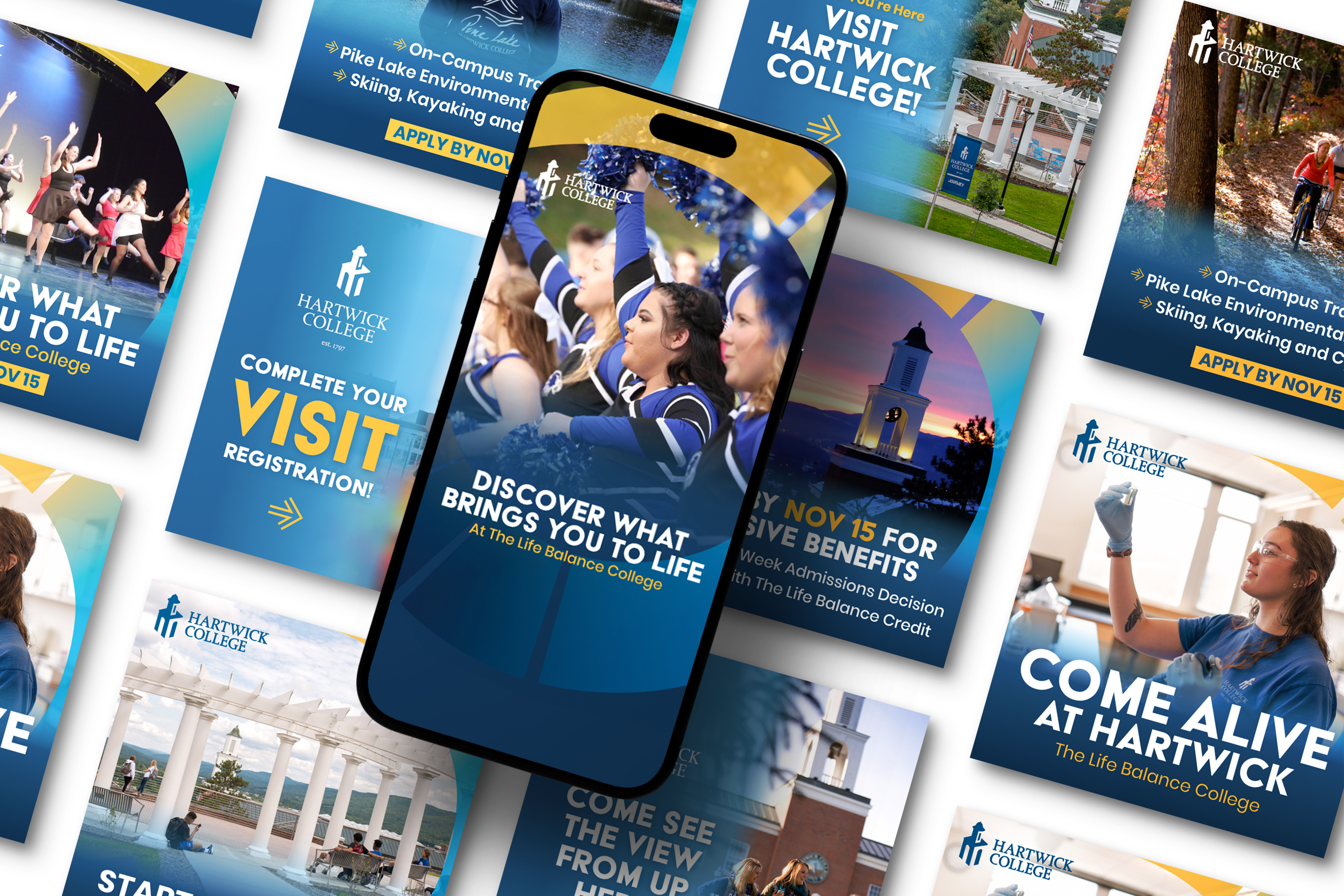
Hartwick College
Entry Win: Gold
Entry Title: New Market Position Digital Advertising
Category: Electronic Advertising
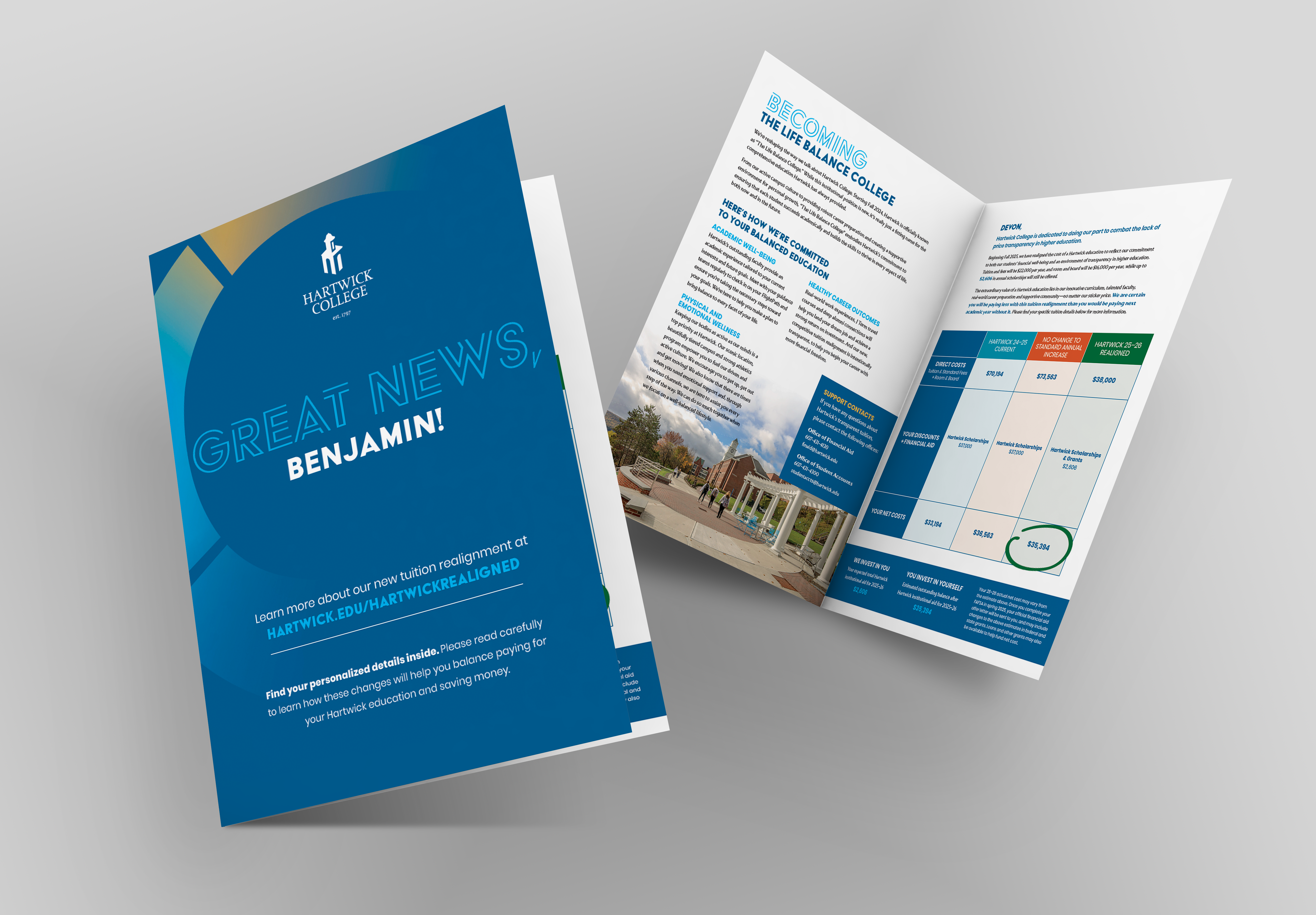
Hartwick College
Entry Win: Gold
Entry Title: Personalized Financial Aid Report
Category: Publication/Internal

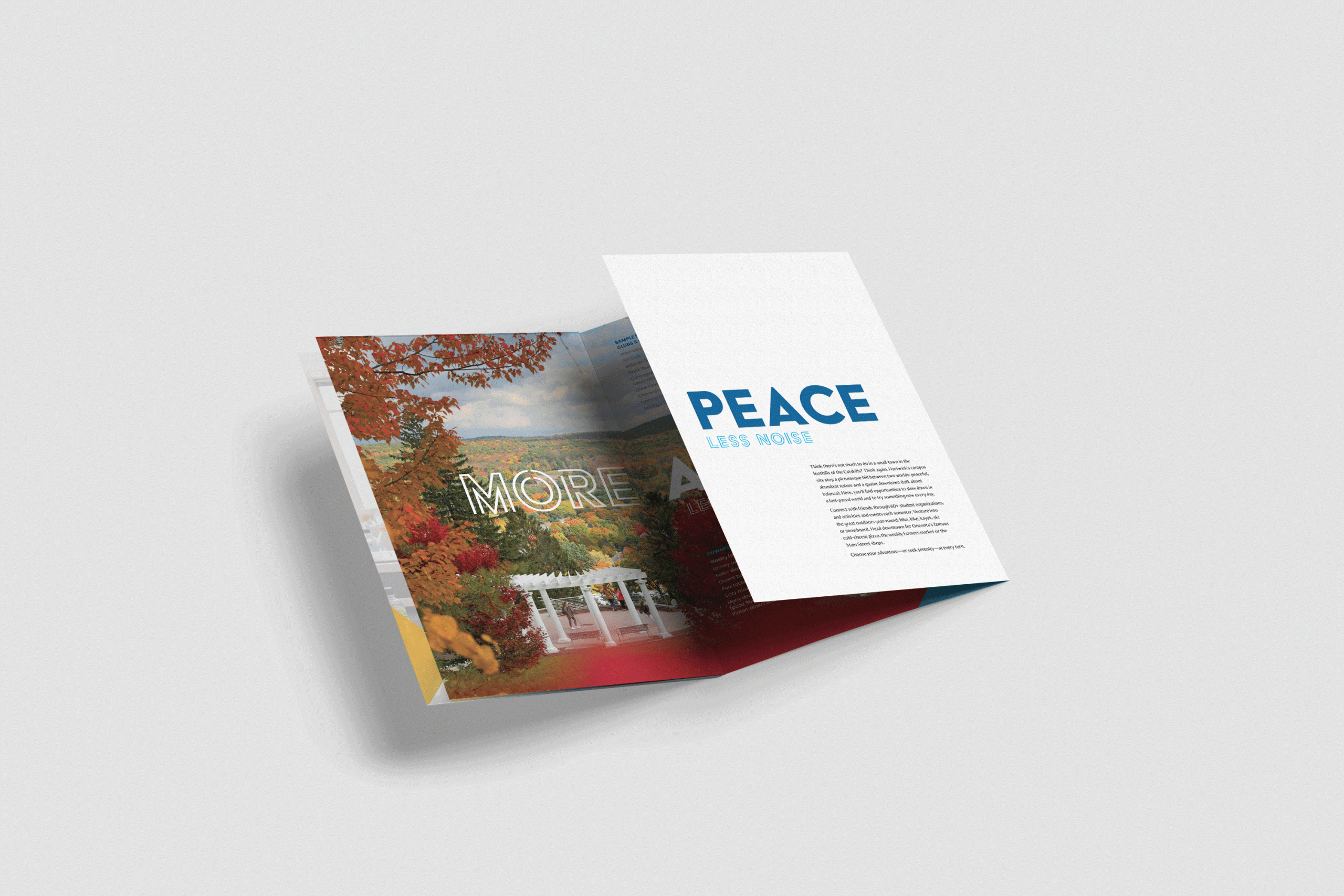
Hartwick College
Entry Win: Gold
Entry Title: Travel Brochure
Category: Brochure
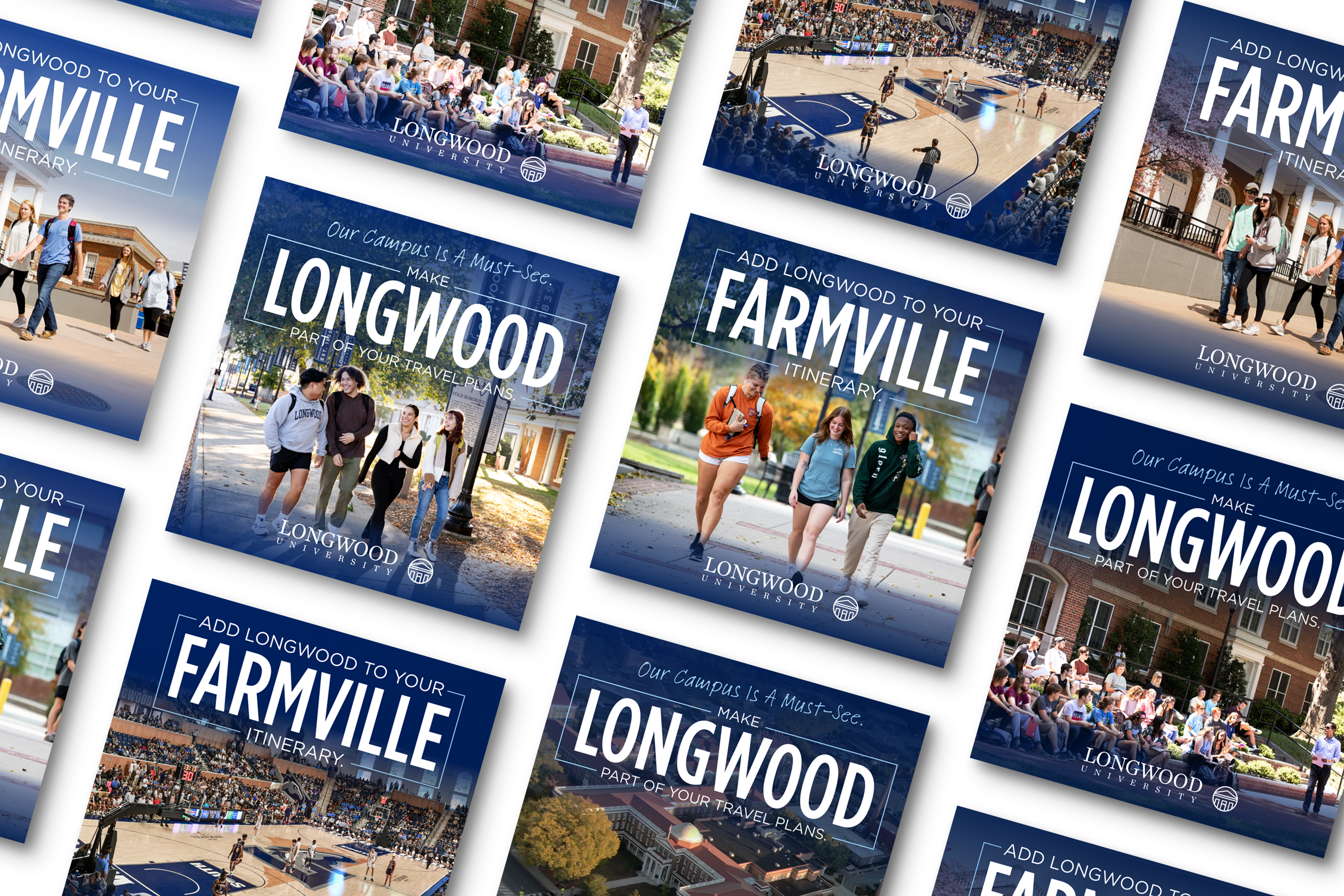
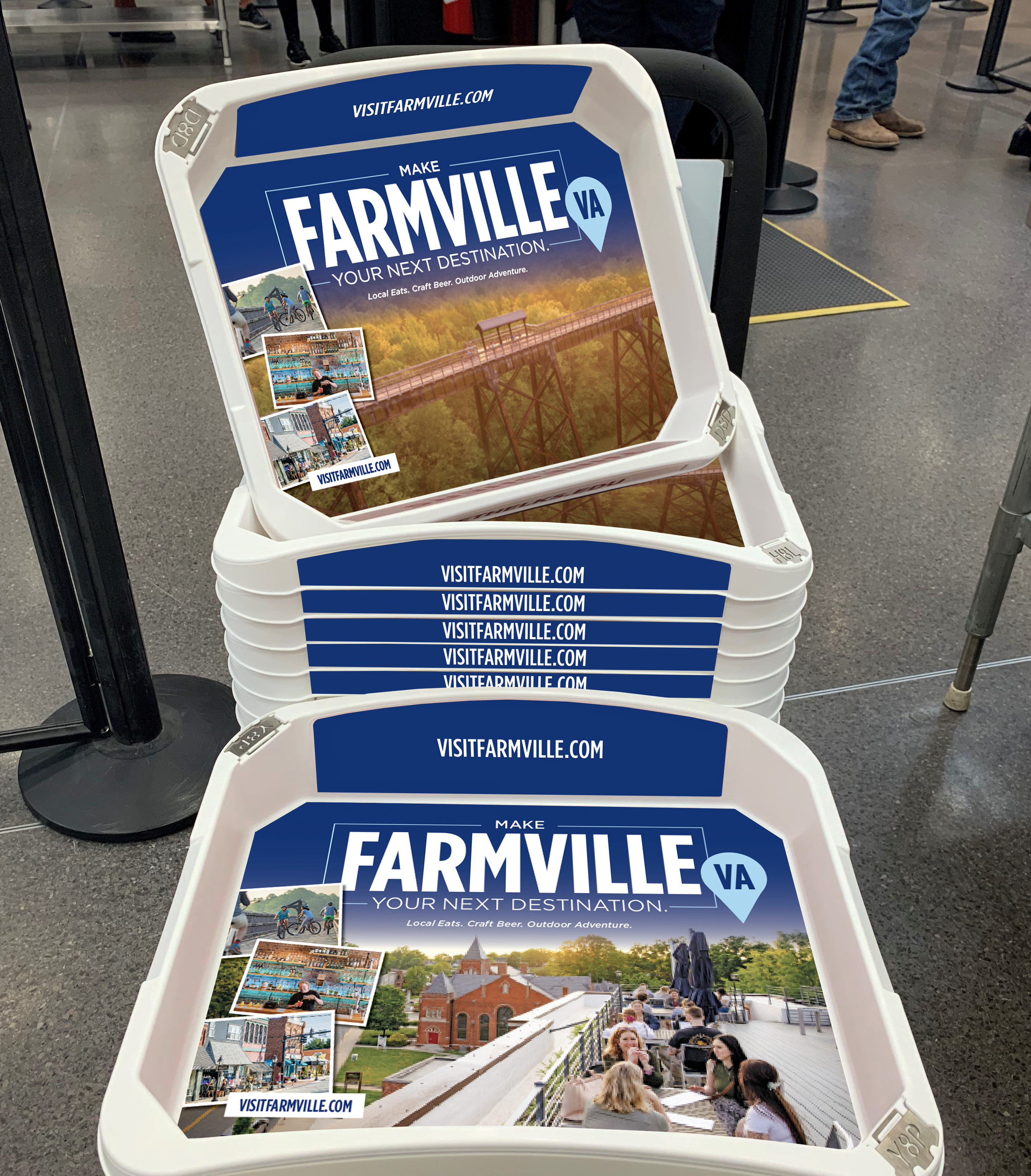
Longwood University
Entry Win: Gold
Entry Title: Farmville Campaign
Category: Special Promotions Campaign
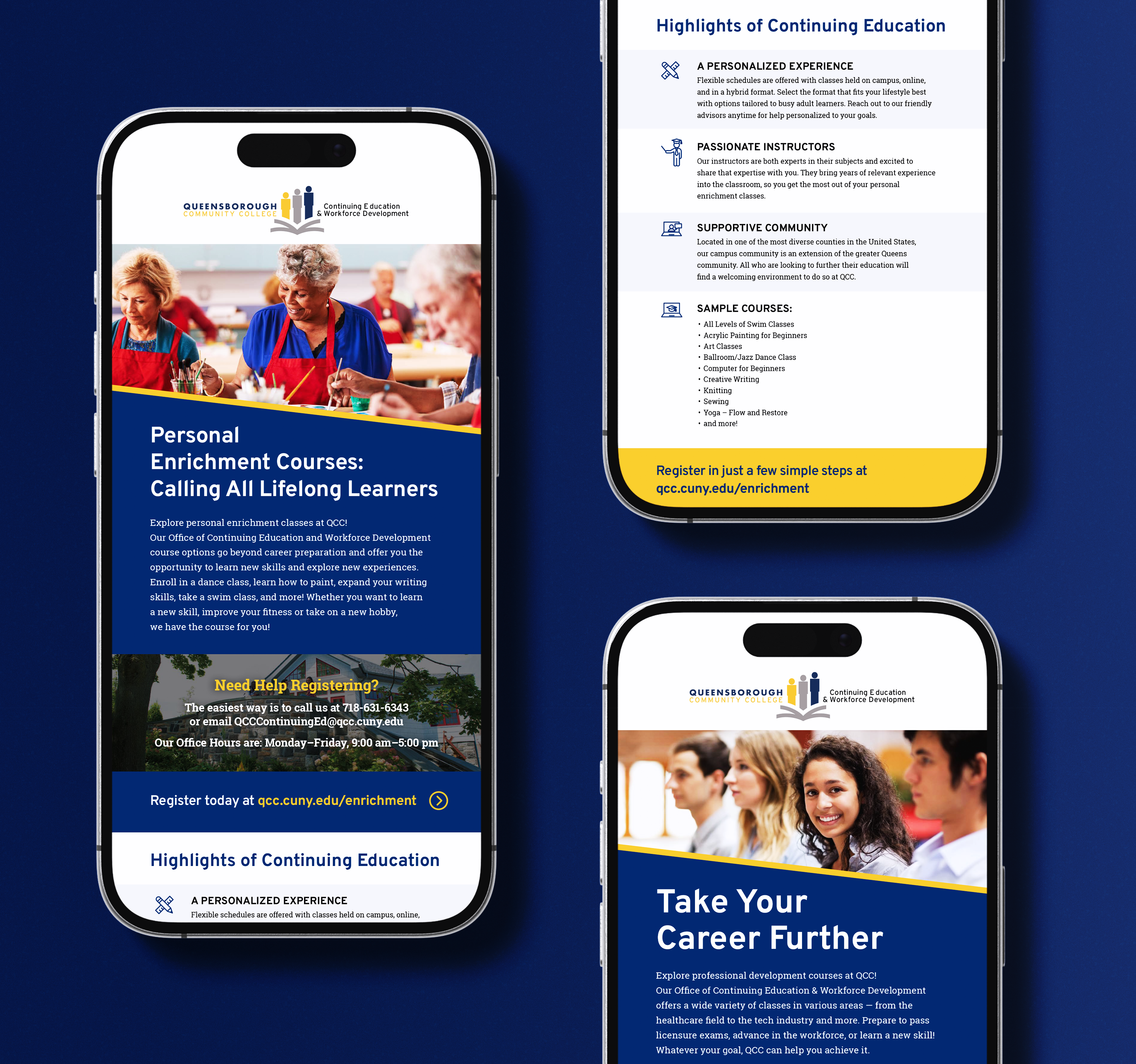
Queensborough Community College
Entry Win: Gold
Entry Title: Downloadable Guide
Category: E-Publication
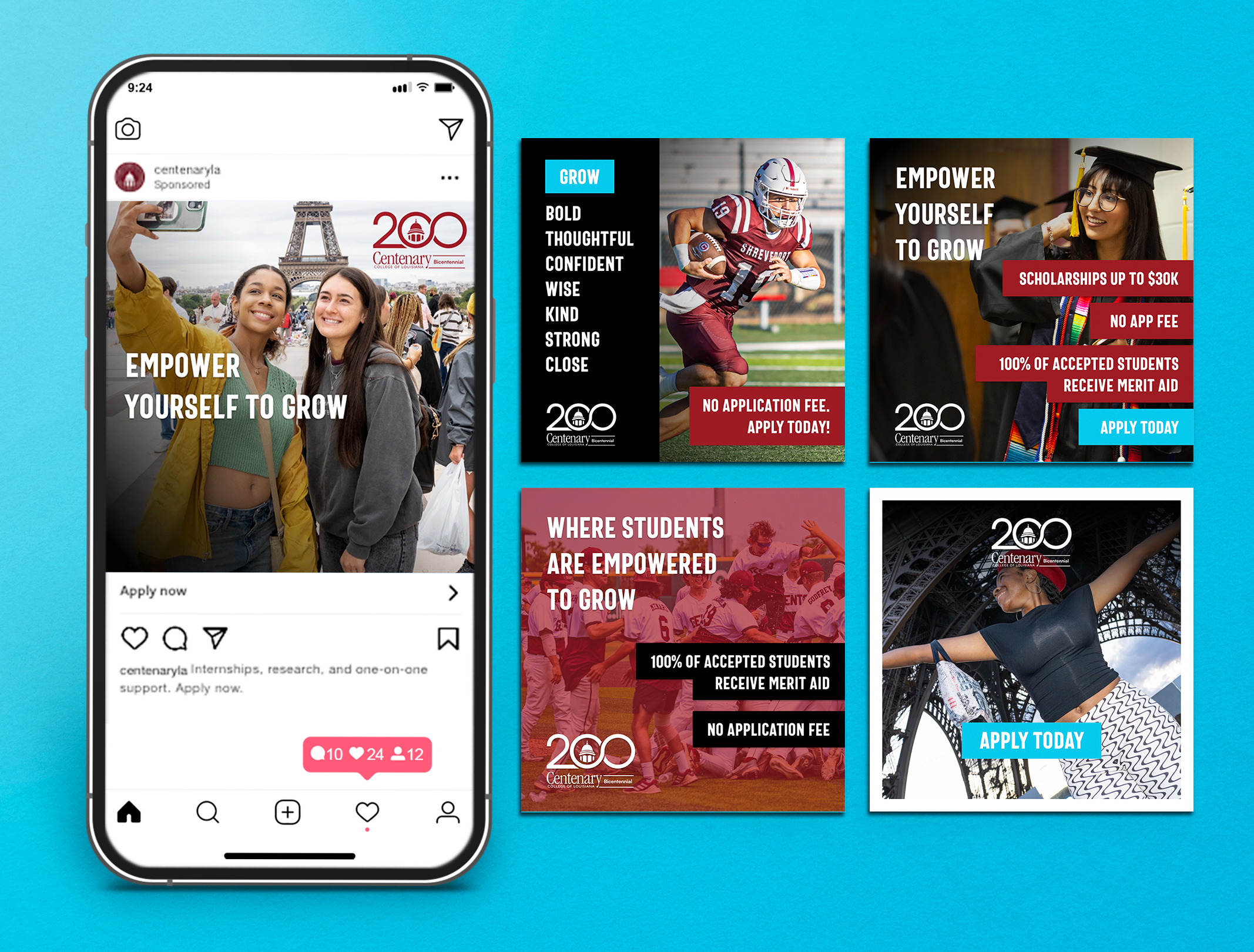
Centenary College of Louisiana
Entry Win: Silver
Entry Title: Digital Advertising
Category: Other Social Media Content
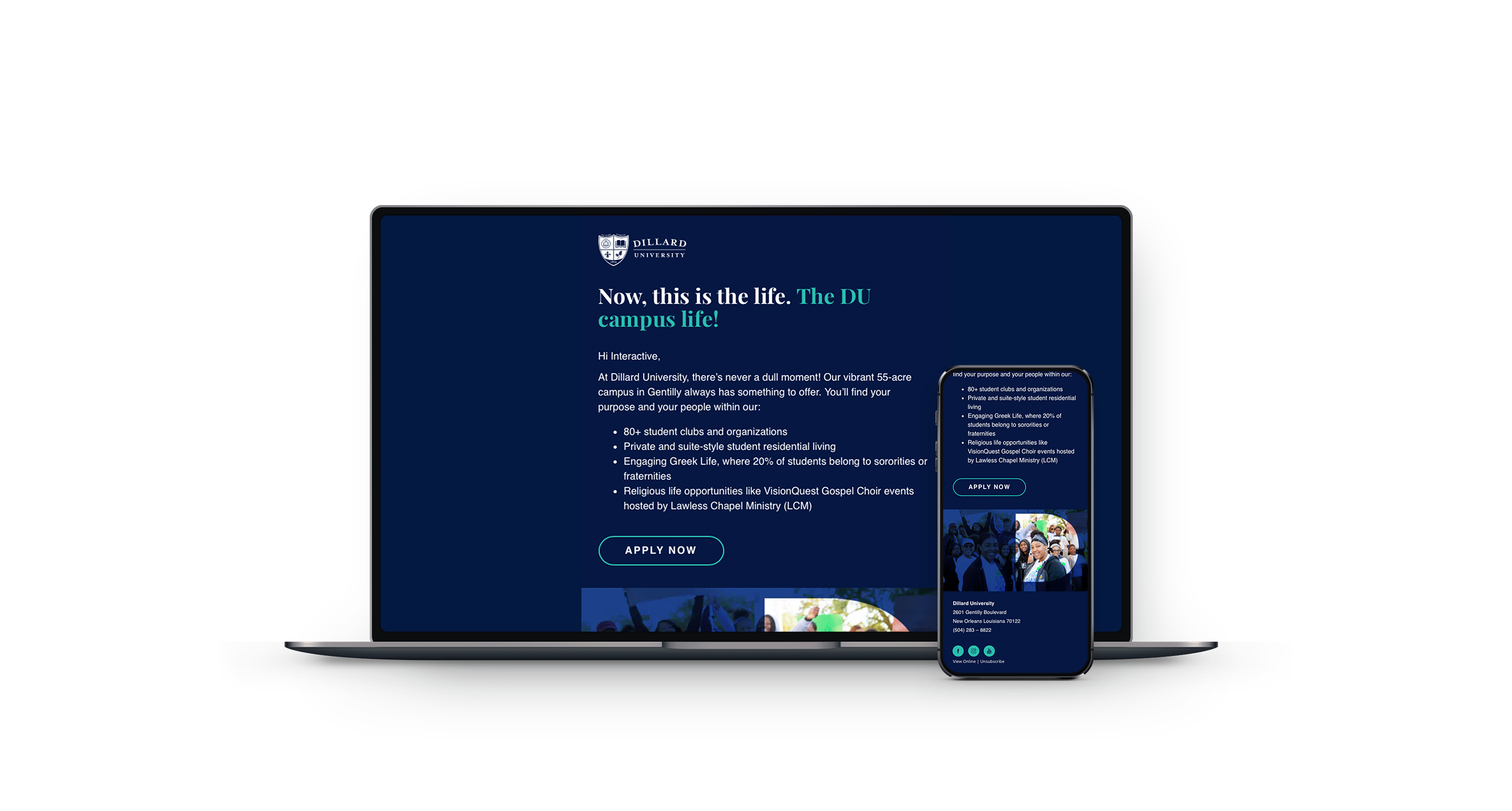
Dillard University
Entry Win: Silver
Entry Title: Email Template
Category: Email Marketing - Single or Campaign
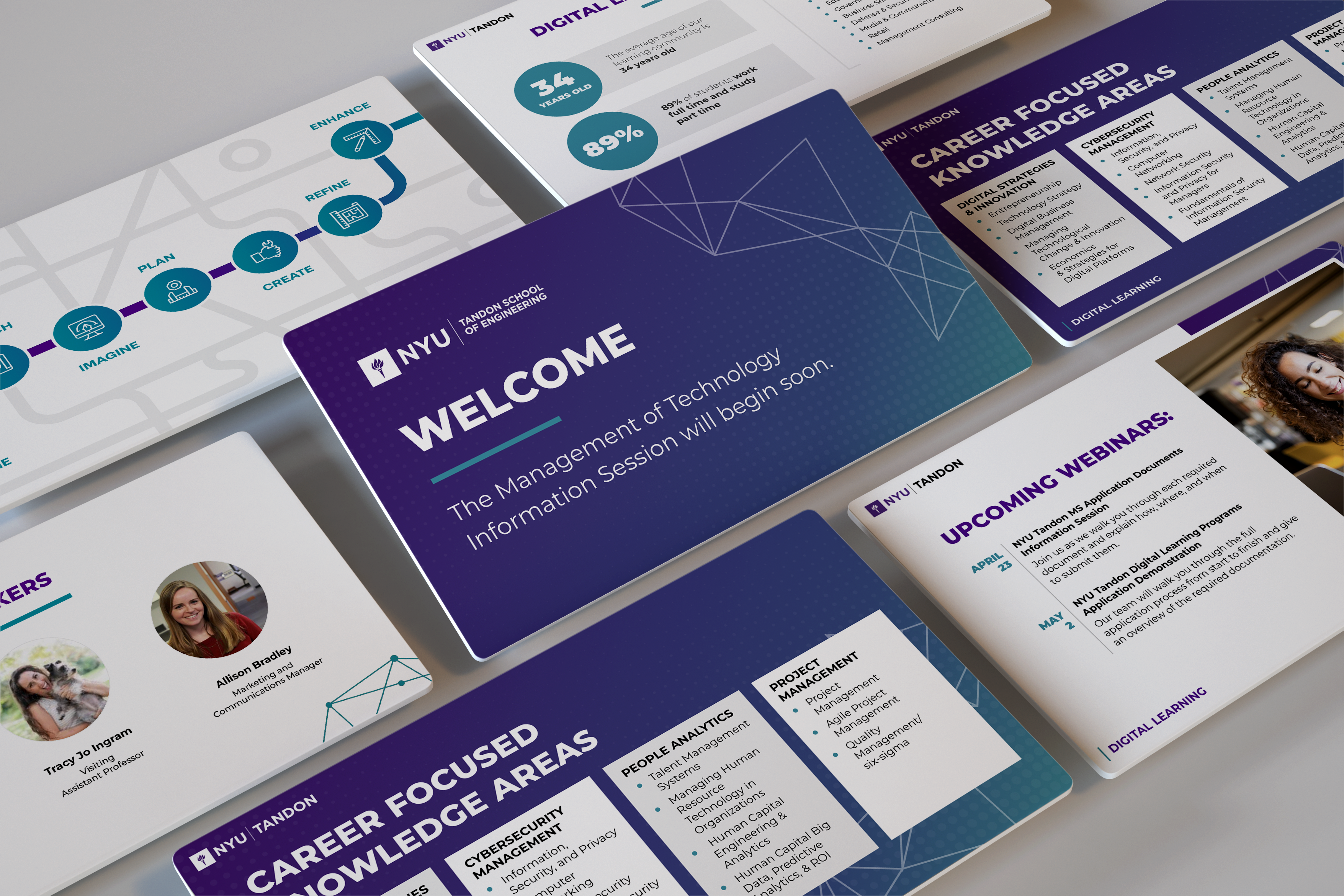
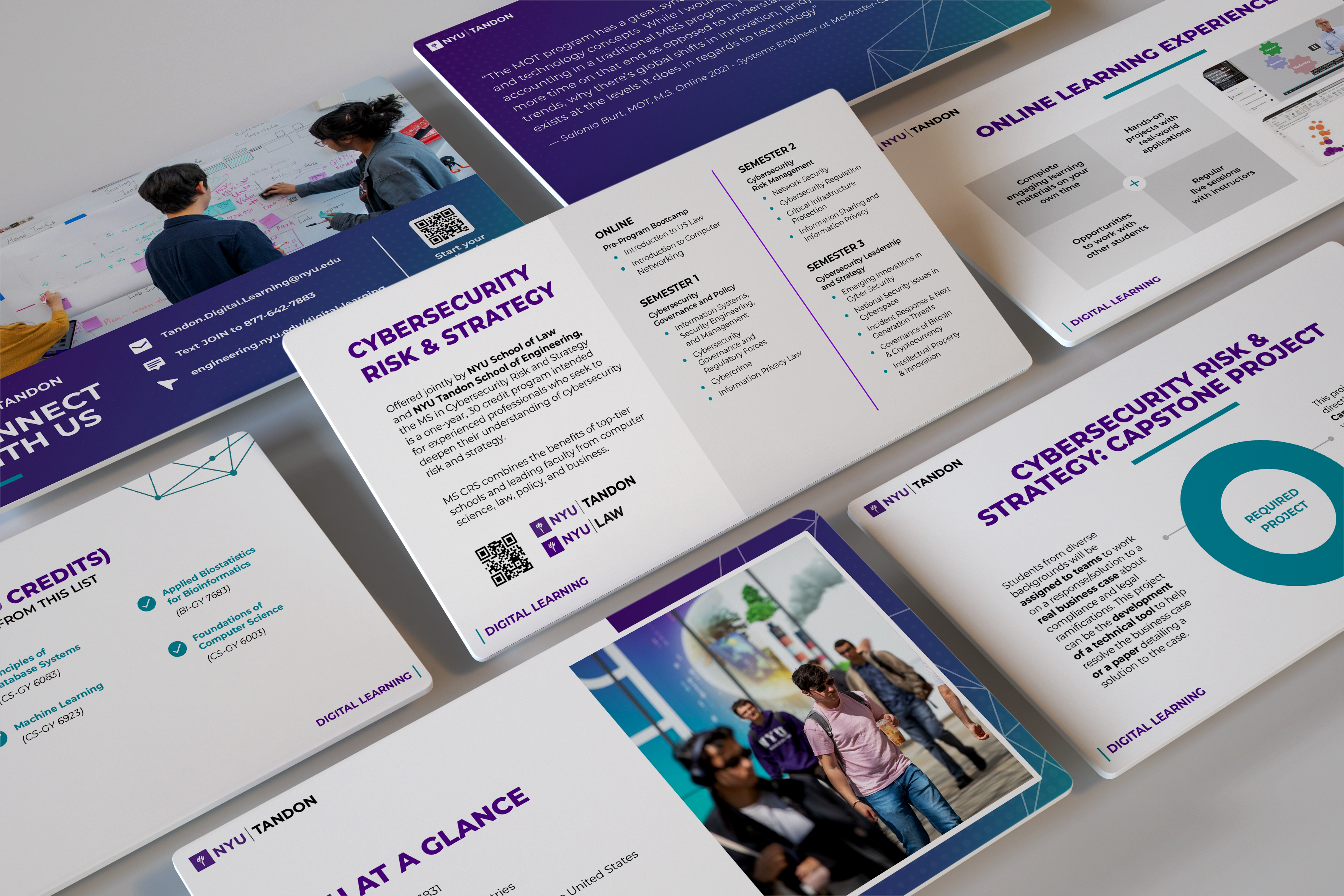
New York University
Entry Win: Silver
Entry Title: Online Lead Journey Branding & Presentation
Category: Special Event Materials
Longwood University
Entry Win: Bronze
Entry Title: “Pro-tips” Influencer Series
Category: Instagram Content
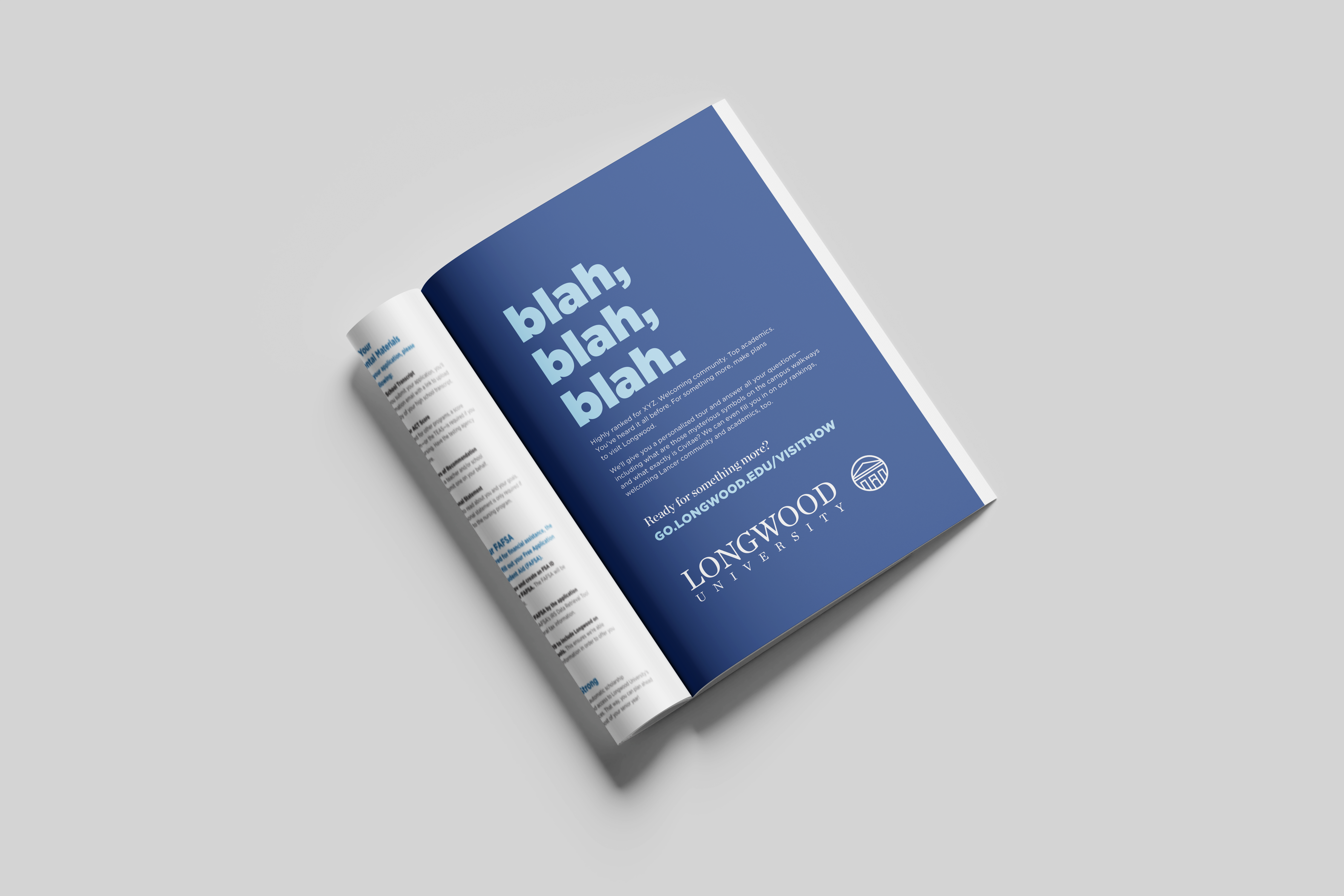
Longwood University
Entry Win: Merit
Entry Title: Virginia Living Magazine Ad, Special Issue
Category: Magazine Advertising - Single
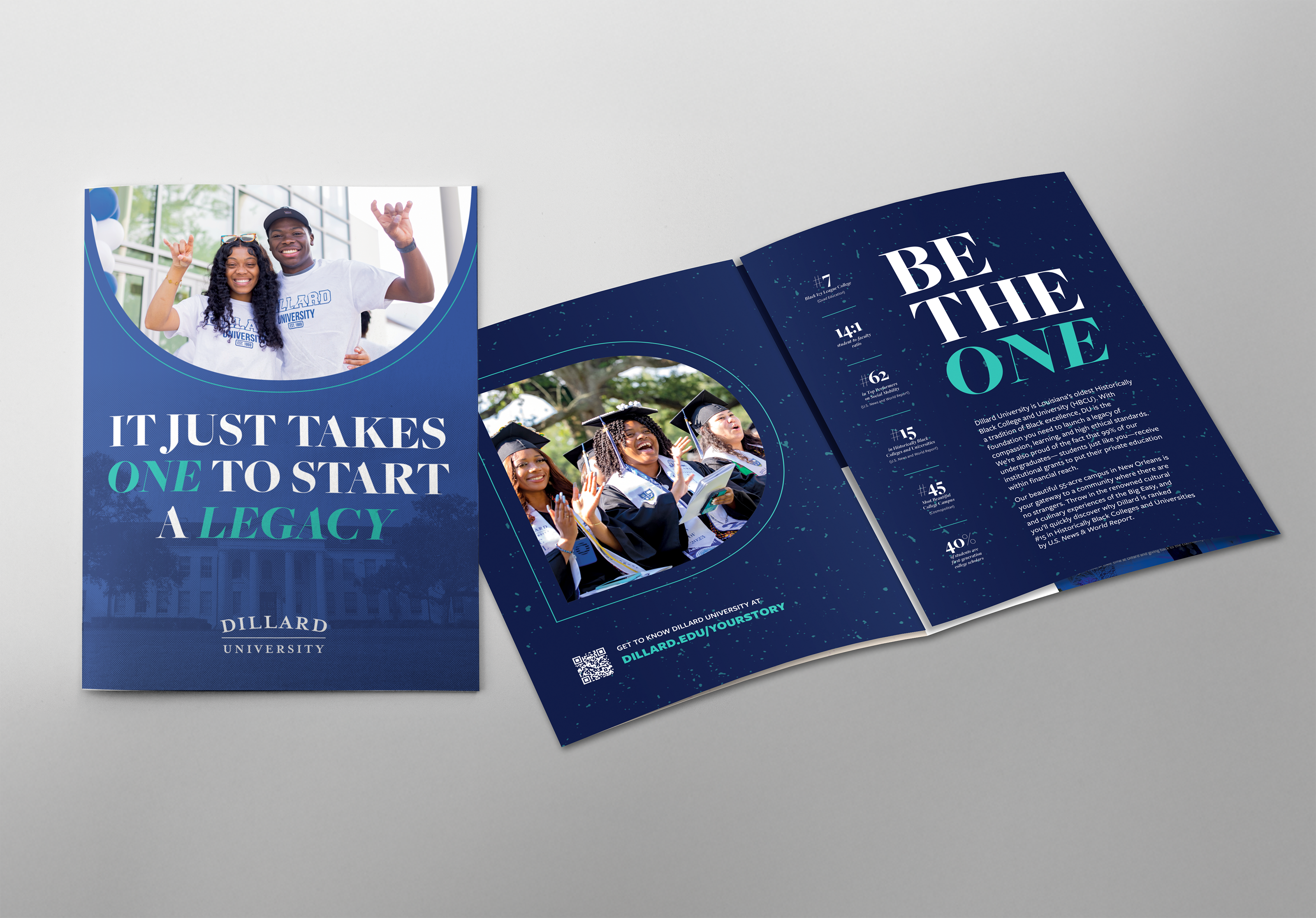
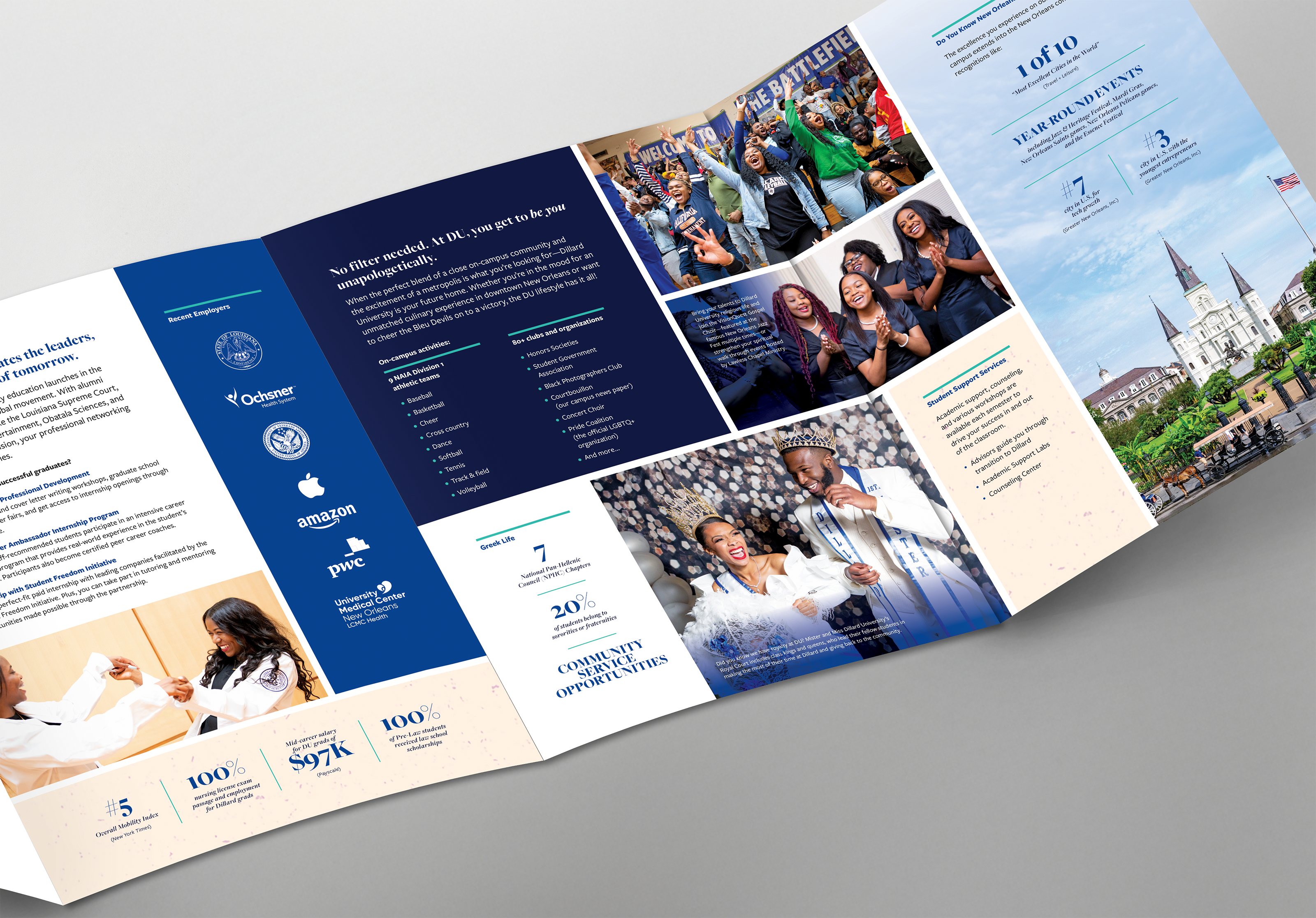
Dillard University
Entry Win: Merit
Entry Title: Recruitment Brochure
Category: Brochure
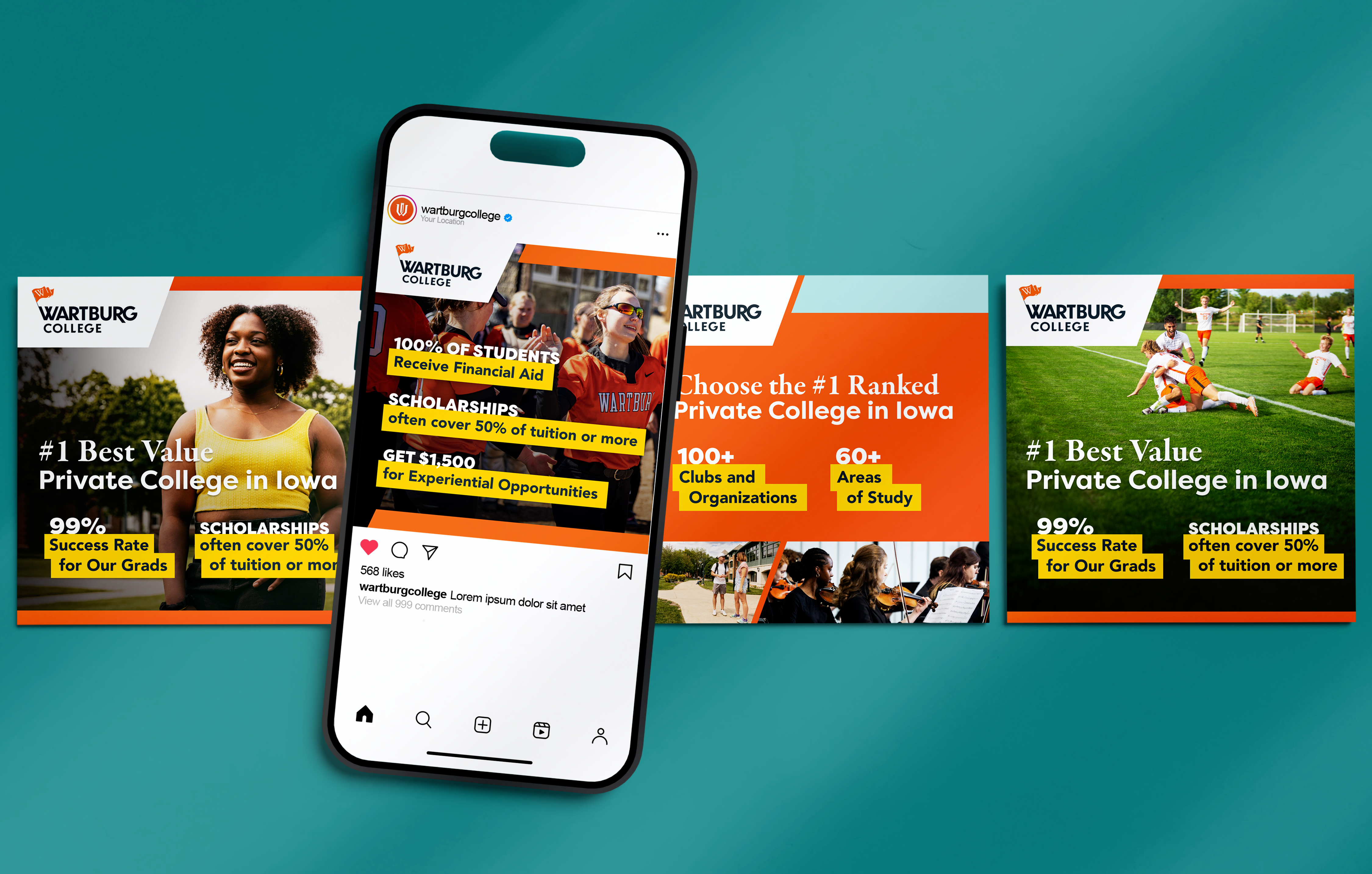
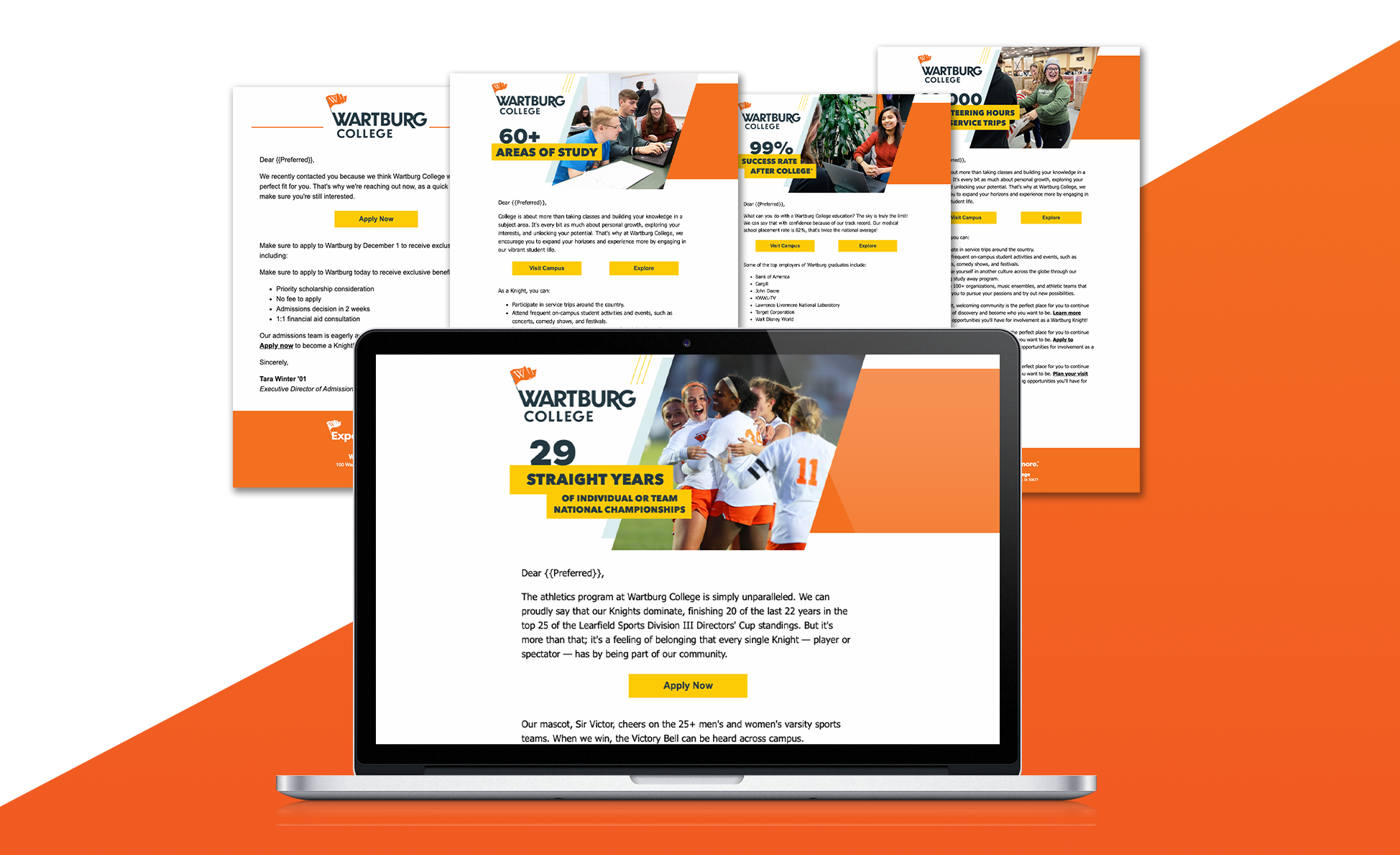
Wartburg College
Entry Win: Merit
Entry Title: Recruitment Campaign
Category: Search Pieces
Reach out to discuss how Spark451’s award-winning team can help your institution gain a competitive edge.
The Power of the Handwritten Note (and How to Scale It)
In today’s digital age, where prospective students and families are constantly inundated by (often impersonal) emails, texts, and social media posts, it’s a rare treat to receive something handwritten. Honestly, is there anything that comes close to the authenticity and warmth of receiving a handwritten note? When was the last time you received one? (Because who really does that anymore?)
Receiving a personal note written by hand is such a surprise that it makes a big impact. It acts as physical proof of your school’s commitment to the student, helping them feel seen and valued in an often overwhelming decision-making process. In fact, we’ve heard anecdotes of students showing up to campus — note in hand — asking to speak with the particular admission counselor, director, or faculty member who took the time to reach out to them.

Why Handwritten Notes Work
1. Personalization Builds Trust
Students and families want to feel that their college search is more than just a transaction. A handwritten note provides an opportunity to reference something personal about the student, such as a specific aspect of their application. This small, thoughtful gesture can create a strong bond that goes beyond the standard form letter.
2. Emotional Connection
Decision-making is an emotional process, especially when it comes to choosing a college. A handwritten note conveys care and effort, which helps prospective students feel emotionally connected to your school. It’s a signal that they matter to you, and their future is important to you — not just as a number, but as a person.
3. The Unexpected Touch Stands Out In A Digital World
We’ve already pointed out that in an era where everyone is bombarded with digital communication, receiving a handwritten note can be a refreshing and unexpected change. This element of surprise makes the note all the more effective and memorable, helping your school stand out from others.
4. Building Long-Term Relationships
Admissions doesn’t end when a student enrolls. Building a relationship with prospective students helps you connect them to the institution long before they step foot on campus. A small gesture can play a role in fostering these relationships, not only in the initial stages of recruitment, but also throughout their academic journey.
The Challenge of Scaling & Your Secret Weapon
While you might agree handwritten notes are impactful, the thought of manually writing and mailing hundreds or thousands of them might make your hand cramp up. That’s where Spark451 comes in.
By leveraging student data from your CRM with some creative copywriting, we’re able to automate the whole process using technology — with real pen and ink — to create a piece that feels just as authentic and thoughtful as those written by hand, but in a fraction of the time. For any skeptics out there, you can even select the lettering style and smudge the ink! It’s legit.
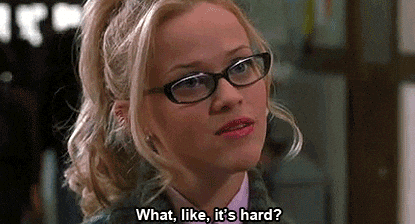
How to Make Your Automated Handwritten Notes Effective
1. Be Personal
Whether you draft the copy or lean on a trusted marketing partner, the message needs to be personalized and conversational. Use your own voice, rather than formal institutional language. Leverage available data points such as the name of the campus event they attended, sport you know they play, or academic area of interest.
2. Keep It Brief, But Meaningful
While it’s important to be personal, brevity is key. A few thoughtful sentences that speak to the student’s goals and how your institution can help them achieve those goals will be more impactful than a long, generic note.
3. Include A Call To Action
This could be as simple as encouraging them to schedule a visit, attend an event, or providing information about next steps in the application process. An invitation to take action nurtures engagement with the student and helps you measure the success of the tactic.
4. Timeliness Matters
Sending handwritten notes promptly, particularly after campus visits, interviews, or meeting at events, helps create a sense of continuity and urgency in the recruitment process. Likewise, if you’re pushing a deadline, give the recipient enough time to take that next step.
The handwritten note is a powerful tool in your recruitment strategy. It’s an investment in building authentic relationships and creating memorable, meaningful connections with prospective students and families. In an increasingly impersonal world, taking the time to write a thoughtful note could be the difference that helps your school stand out in their college search journey. So, the next time you’re considering how to engage with a prospective student, remember the power of the (automated) pen. Ask us how.
Creative That Captivates & Converts
Creative That Captivates & Converts
Our Award-Winning Work Gets Results
In today’s competitive higher education landscape, it’s not enough to simply inform prospective students and families about your school. You need to captivate them.
At Spark451, we harness the power of creativity to build emotional connections that drive engagement and inspire action. Our team of talented writers and designers work closely with our partners to develop tailored creative strategies that align with their brand and goals — from eye-catching publications and direct mail campaigns to cutting-edge video content and digital strategies, we help create unforgettable experiences that resonate with target audiences.
But don’t just take our word for it — see it for yourself:
Looking for even more of the stunning visuals, compelling narratives, and innovative solutions we’ve developed for our partners?
Plant the Seeds for a Successful Spring
As the saying goes, “April showers bring May flowers,” and in the world of admissions, those flowers come in the form of deposits. By leveraging your CRM to shower students with the information, support, and encouragement they need to feel connected to your school, you’ll be well-positioned to bring in a full and vibrant fall class.
Here are the seeds you should focus on planting this month:
1. Seeds of Clarity
It’s easy to forget that not everyone knows what an enrollment deposit is or why it’s important, so help make it simple for students by doing the following:
- Use plain language that clearly explains the WHAT and WHY of the deposit. Instead of “submit your enrollment deposit,” consider something more descriptive such as “submit your deposit to secure your spot,” or “let us know you’re coming this fall by submitting your deposit.”
- Provide easy, step-by-step instructions on HOW and WHERE to submit the deposit, and be sure your website, microsite, portal, and emails all include prominently displayed buttons that link directly to the deposit page.
2. Seeds of Engagement
Take an omnichannel approach to May 1 reminders, engaging with students across various platforms and mediums. Send countdown emails and texts, post on social media, make phone calls, and consider hosting a live Q&A session to answer questions and help create a sense of community. Once May 1 has passed, keep the conversation going through regular emails or newsletters, and think about building an incoming student/family portal!
Element451 Pro Tip: Use Bolt Discovery and Bolt Bot to engage with your students at all hours of the day. “How to Apply” pages and RFI forms are great spots to embed these tools!
3. Seeds of Preparation
Help students get ready for their arrival by sending detailed welcome packets that include information like important dates, required documents, and a list of next steps. You could also consider hosting workshops or webinars on financial aid, scholarships, budgeting, and payment plans to help ensure families have a thorough understanding of their financial responsibilities.
Pro Tip: Create a custom enrollment checklist in your CRM to help students stay on track throughout the process!
4. Seeds of Belonging
The more connected students feel to your school, the more likely they are to want to join you! Encourage their sense of belonging by organizing comprehensive orientation programs that introduce campus resources, academic expectations, and social opportunities. Put on events or activities that allow new students to meet each other, schedule 1:1 sessions with academic advisors, or throw an on-campus welcome party! Anything that helps to foster engagement and create a sense of community.
Preparing for Next Season
Just as with all cycles of growth, as you continue tending the newest crop, you must also begin planning and cultivating for the next. One way to accomplish that is through a comprehensive student search campaign that captures students’ attention and tells your unique story. From targeted digital media and email campaigns to print publications and event support, our team utilizes the latest tools and innovations to make data-driven decisions that get results.
If you need help deciding which avenues are worth investing in, or if you’d like a hand in implementing new tactics or approaches, reach out! Our team of experts is ready to take you from search to enrollment and beyond.
